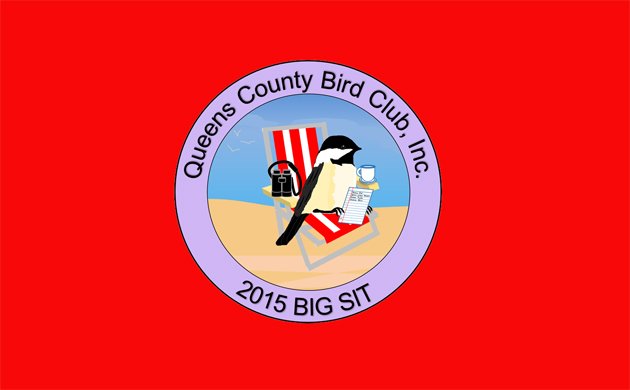
The 2015 Queens County Bird Club Big Sit at Fort Tilden on Saturday was a rousing success! In addition to having more participants, we had more bird species, 76, beating out last year’s inaugural effort by two whole species. We really had to work hard for our 76 species this year too, and it makes me wonder if it will possible to ever break a hundred species from the platform during an October big sit.
But what, exactly, is a Big Sit? Briefly and essentially, it is a competition to see as many birds as possible from one location in one day. We chose the Battery Harris Platform at Fort Tilden, along the barrier beaches of the Rockaway Pensinsula in Queens, because it affords a great view of both the bay and the ocean, as well as a wide expanse of dune scrub habitat. Not only that, but if the winds are right it can be a magnificent spot to witness both passerine and raptor migration.
The day started early, at 6:11 AM, with David Ringer, Josh Russell, and me on the platform trying to identify the calls of birds flying overhead. We weren’t very good at it at all so we didn’t record our first bird until a Herring Gull flew past, silhouetted by the lightening sky in the east. After that, species added up quickly, and by 9 AM we were over fifty species and we also had a full platform of birders. Some of the highlights during the early morning hours included our only Royal Tern of the day, spotted out over the ocean by Isaac Grant, our only White-breasted Nuthatch spotted by Pat Aiken, small flocks of Green-winged Teal, Gadwall, and Greater Scaup, all of which were our only sightings of the species for the day, and a female Black-throated Blue Warbler, one of only four wood-warbler species we would get.
Our first Great Blue Heron of the day was a distant bird, actually on the shore at Brooklyn’s Plum Beach, but our second did a nice eastbound flight past the platform.
Unfortunately, despite the north-northwest winds for most of the early morning hours and a cold front having past the previous night, we didn’t have a great morning flight of birds, and we struggled to get some species we had in double digits last year. We only had one Common Grackle, our only finches were House Finch and American Goldfinch, and it took until almost noon before we even spotted a Canada Goose!
The hawk flight was not large but we did see quite a few species of raptors. All three expected falcons – American Kestrel, Peregrine Falcon, and Merlin – put in appearances, and we also had both expected accipitors – Sharp-shinned Hawk and Cooper’s Hawk – as well as Osprey, Northern Harrier, and Red-tailed Hawk.
We had almost every one of the aforementioned raptors perched at some point, like this Merlin.
Though we didn’t do too great with seaducks for the second straight year we did do better than last year, with Surf Scoter, Black Scoter, American Black Duck, and Red-breasted Merganser all showing, though only two of each except for Surf Scoter, of which we saw three. No Northern Gannet, no Great Cormorant, no Black Skimmer, though we did manage to see a single Common Loon.
Heard only flyover Bobolinks, of which we had three, were nice, as was another flyover that we only heard, a Dickcissel. We didn’t get House Sparrow until I spotted a distant flock in the Community Garden, and that was species number 65. It’s not every day that you get 64 species in Queens before House Sparrow!
Ospreys are awesome. We saw a bunch.
Sometime around noon we were visited by a horde of folks on an American Littoral Society bird walk, a horde that were rather disappointed, I think, by the lack of hawks going past what is usually a decent hawkwatch site. Once they left most of the other folks doing the Big Sit did as well, and we were left with the hard core of the me, David, Josh, Lisa Scheppke, and Eric Miller.
Things really slowed down once the sun passed its midway point though Eric did his best by getting us a Barn Swallow mixed in with some Tree Swallows and a very high-flying Bald Eagle that could very easily have been missed.
Blue Jay was species number 72 though once we got them they were around the rest of the day.
Our record-tying species was Dunlin, hanging out down on the beach in the Sanderling flock, a bird we only got because we dispatched Lisa and Eric to the beach to report to us what they were seeing and we did see the flock, one of which was browner, from the tower. The aforementioned trio of Surf Scoters put us over the top and David’s spotting of a kamikaze Chimney Swift was our insurance bird, bringing us to 76. Though we waited until the sun went down we couldn’t add another species. We were, however, entertained by the guy and gal doing some nude photography in the dunes in the late afternoon light. Pro tip for those doing kinky outdoor photography: make sure that you aren’t being overlooked by a platform full of people with high-powered optics…much joking about adding boobies to the list was done, because, you know, birders.
Now I can’t wait until next year! Who else is coming?


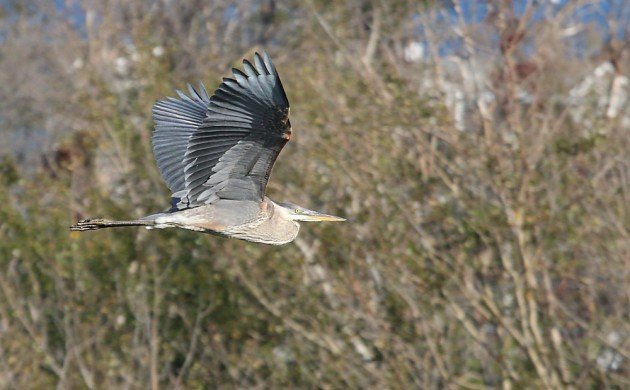
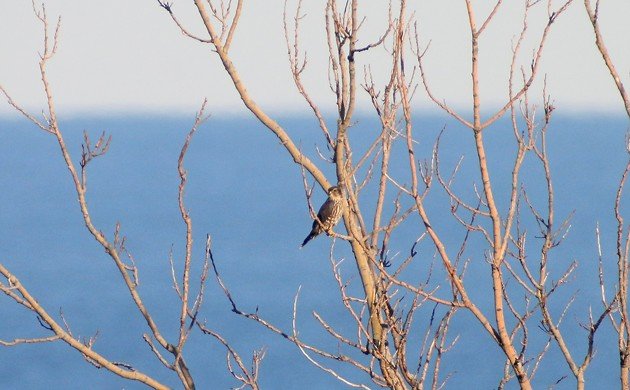
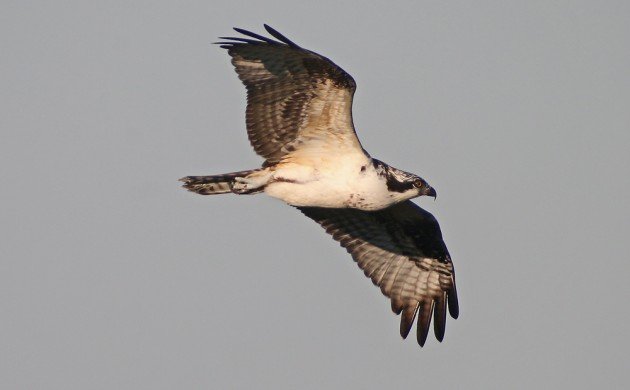
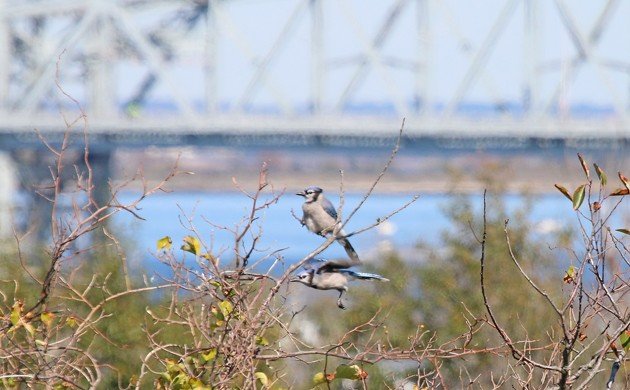




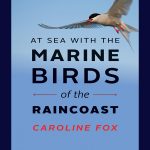
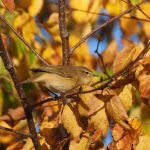
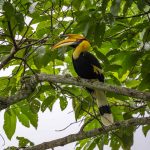

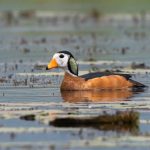
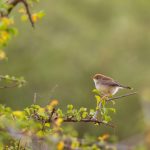
Nude photography in the dunes? Picks or it didn’t happen! 🙂
Congratulations on breaking the record!